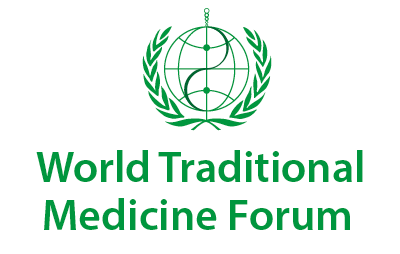
 i_need_contribute
i_need_contribute
lZhenjingLi PhD XianzhongMeng PhD MinRen MM MingluShao PhD
Stroke is one of the leading causes of death and disability worldwide. Scalp acupuncture and exercise therapy have been proven as two effective methods for the treatment of stroke. However, their combined action and mechanisms have not been fully elucidated. The present study aimed to investigate the protective effect of scalp acupuncture combined with exercise therapy on neurons in rats with ischemic brain injury.
100 rats were randomly divided into 5 groups including sham group, model group, acupuncture group, rehabilitation group, and experimental group (scalp acupuncture combined with exercise therapy). Middle cerebral artery occlusion (MCAO) model in rats was established according to Longa modified suture method to mimic ischemic stroke. The modified Bedexer's neurological function score was used to evaluate the neurological deficits of rats and the brain infarct volume was measured using 2, 3, 5-triphenyl tetrazolium chloride monohydrate (TTC) staining. Moreover, the apoptosis in the hippocampus was detected by western blotting and terminal deoxynucleotidyl transferase dUTP nick end labeling (TUNEL) assay. The pro-inflammatory cytokines such as interleukin-1 beta (IL-1β) and tumor necrosis factor-alpha (TNF-α), reactive oxygen species (ROS) and superoxide dismutase (SOD) were determined by corresponding kits. Immunohistochemistry or immunofluorescence was performed to detect the expression of brain-derived neurotrophic factor (BDNF), S100β and glial fibrillary acidic protein (GFAP) in the hippocampi of rats.
The neurological deficit score, the expression levels of apoptotic factors such as cleaved caspase-3 and Bax, and the TUNEL-positive cell rate of the experimental group were significantly lower than those of the acupuncture group and the rehabilitation group. However, apoptosis inhibitor Bcl-2 showed downregulated expression in the MCAO model rats but this trend was reverted by single and combinatorial treatments. In addition, the contents of TNF-α, IL-1β and ROS in the acupuncture group and the rehabilitation group were significantly lower than those in the model group, but higher than the experimental group. While the opposite results were obtained in SOD activity. Furthermore, compared with the model group, the ratios of BDNF, S100β, and GFAP-positive cells in the acupuncture, rehabilitation and experimental groups were significantly increased, and the highest ratios were recorded in the experimental group.
This study demonstrated that scalp acupuncture combined with exercise therapy effectively counteracts ischemic brain injury via the downregulation of pro-inflammatory mediators and ROS, the increased production of the antioxidant enzyme SOD, neurotrophic factor BDNF and astrocyte activities.



